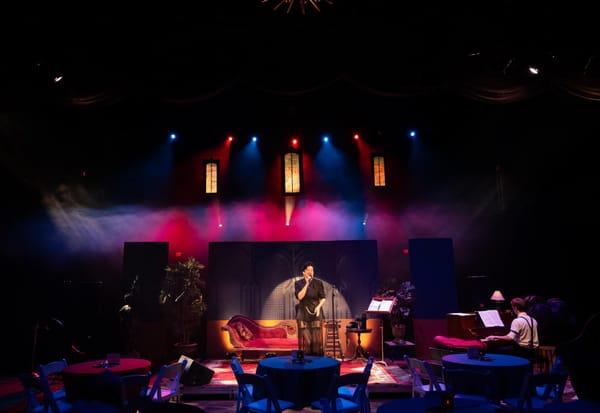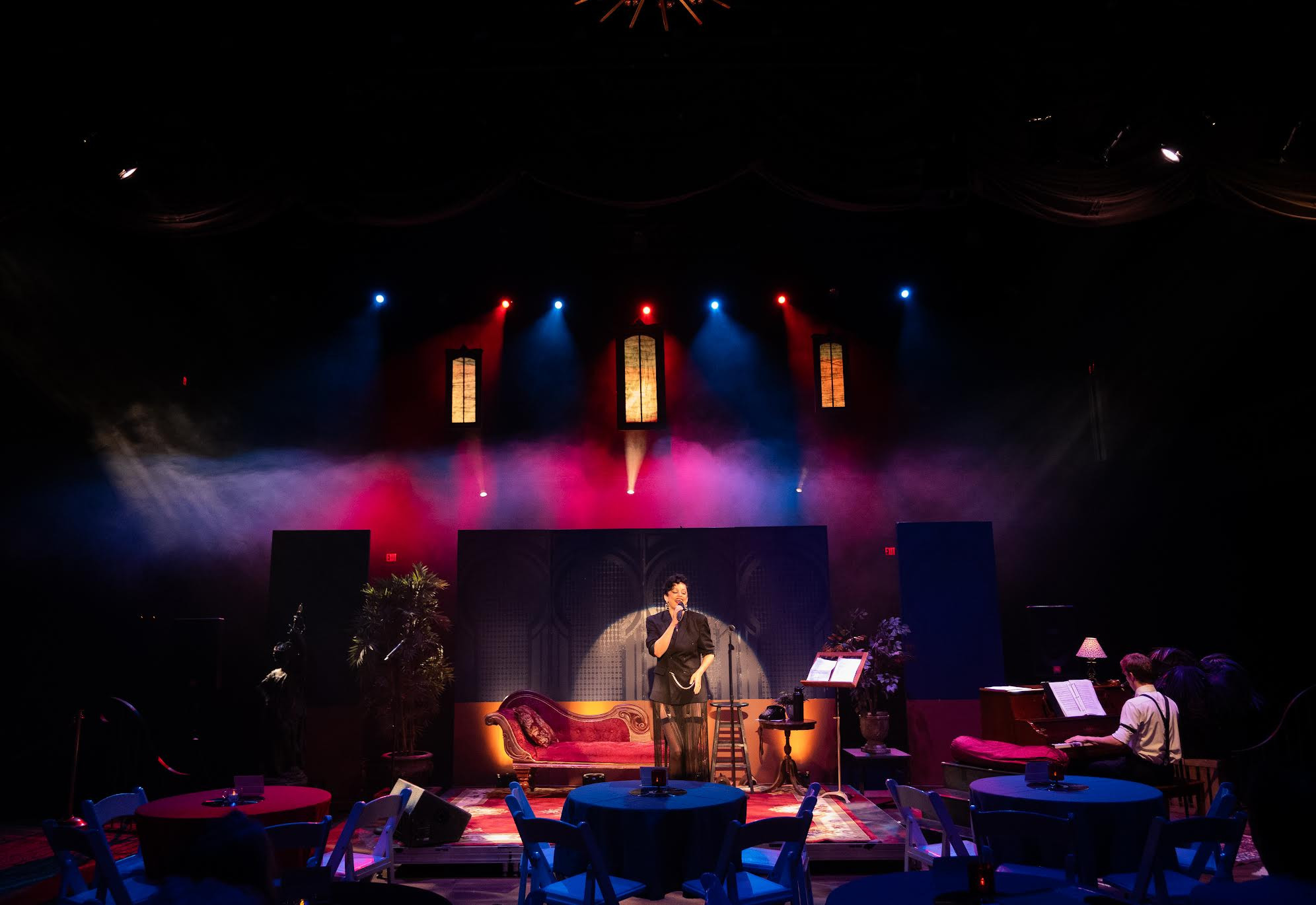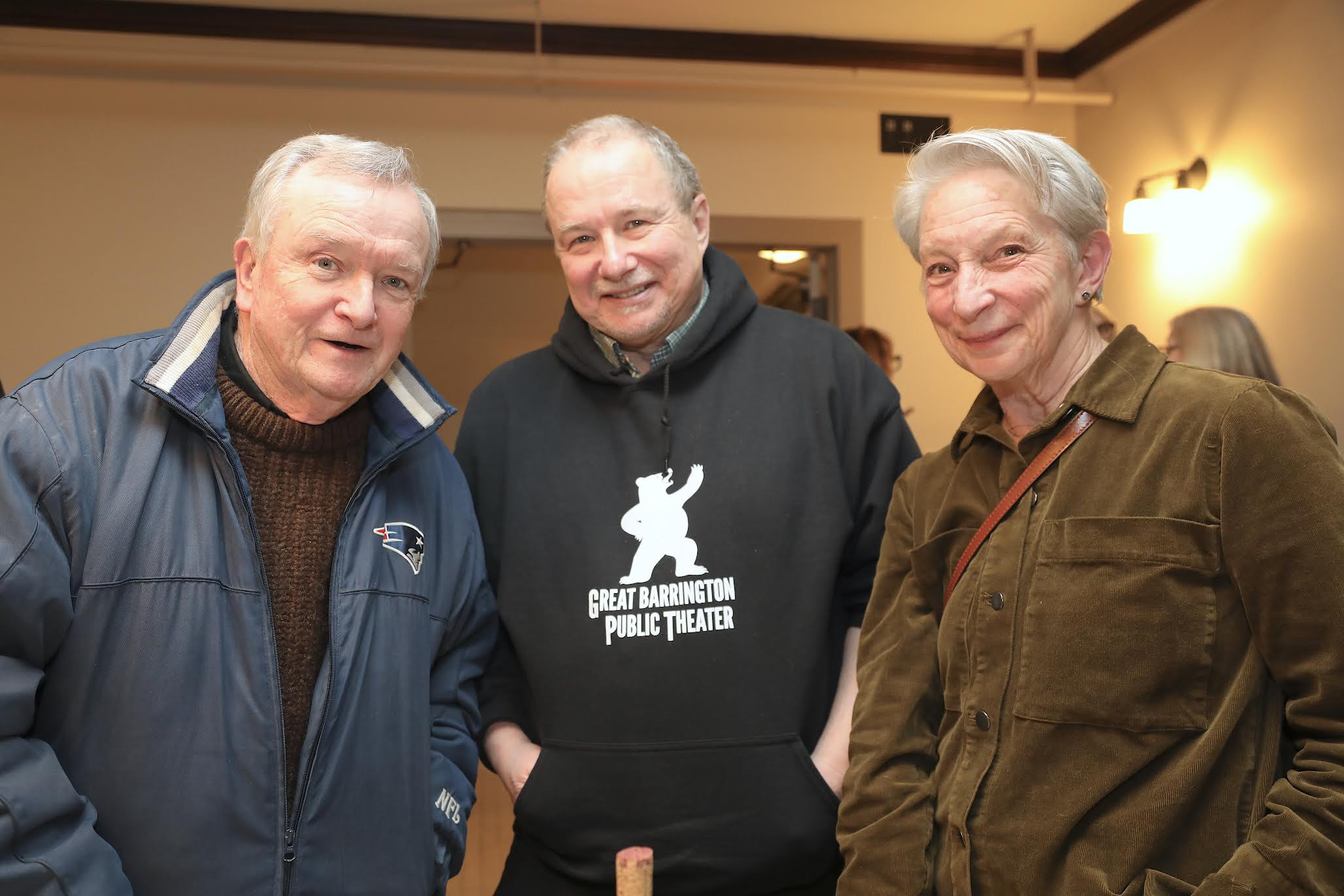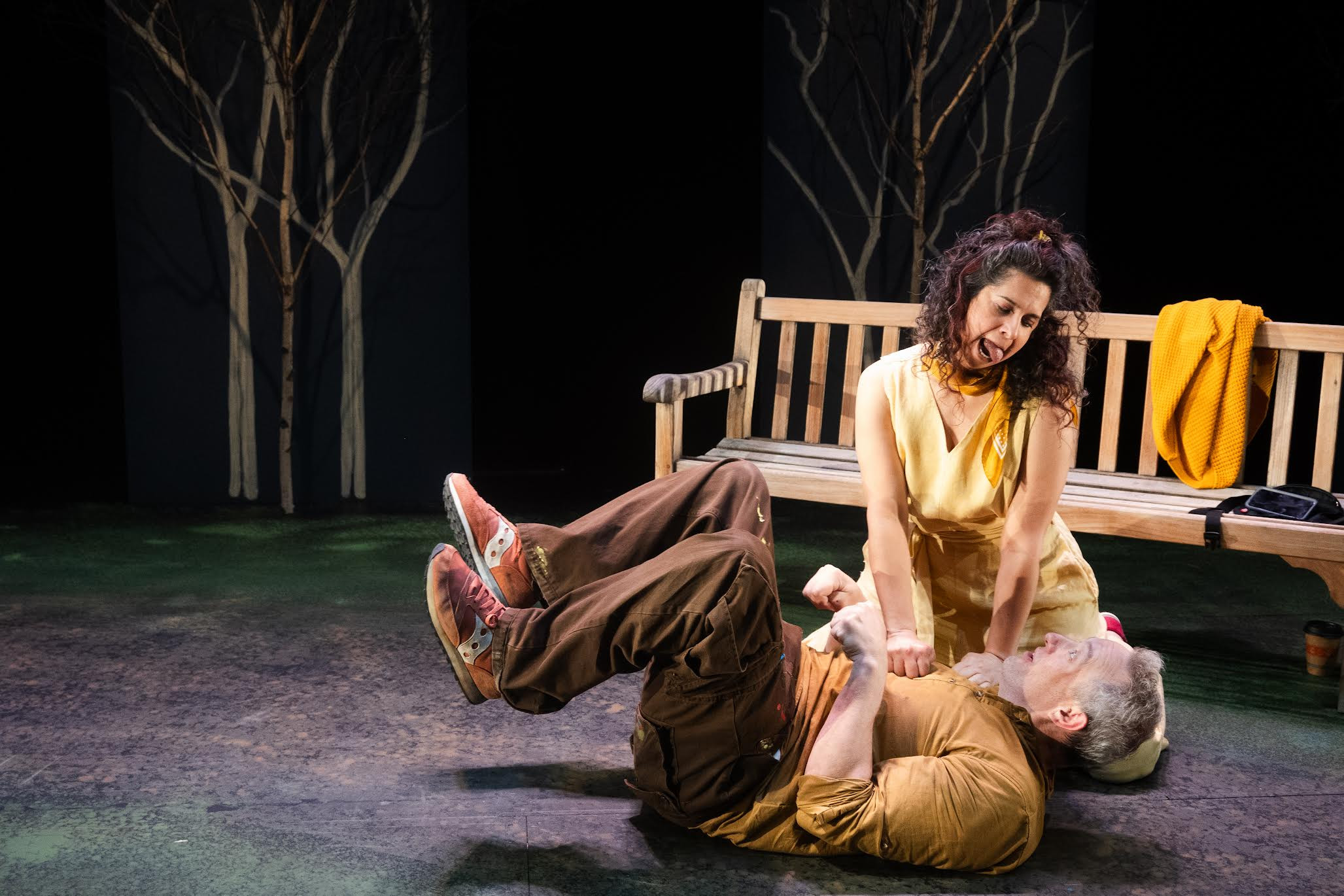A Stage for New Voices: The Great Barrington Public Theater
In the busy Berkshire theater community, the Great Barrington Public Theater stars in a supporting role.

In the busy Berkshire theater community, the Great Barrington Public Theater stars in a supporting role.

Janelle Farias Sando in Night At The Speakeasy. Photo by Kat Humes
Just in case you didn’t know, southern Berkshire County has long been a humble yet world-class mecca for the performing arts. In and around Great Barrington and Lenox, there is a wealth of venues, companies, and working artists. From the icons of Jacob's Pillow and Tanglewood to the regionally storied Barrington Stage Company and Shakespeare & Company, the area thrives on artistic expression. In addition, the Mahaiwe Performing Arts Center, the Daniel Arts Center, and Saint James Place offer vibrant stages for performance.
The five-year-old Great Barrington Public Theater (GBPT), based at Saint James Place with a summer residency at the Daniel, has quickly become a vital and distinctive part of this crowded theater scene. Since its founding by Artistic Director Jim Frangione, the theater has been a home for new voices, staging contemporary plays that reflect the creativity and depth of local and regional working talent. Original performances just last year have included “Flight of the Monarch,” “Survival of the Unfit,” and “Dog People.” This mission not only provides new plays and performances for audiences but also supports working theater professionals and those looking to break into the industry, with workshops and in-depth conversations about craft.
Frangione, a veteran actor and playwright, began GBPT after decades in theater, from off-Broadway stages to experimental playwriting. “I’ve always been drawn to new works—the thrill of creating something in real-time, watching it evolve through rehearsal, collaboration, and trial,” he explains. This passion for the creative process defines GBPT. “We’re here to foster the next great voices, the stories yet to be told.”
The theater has built its reputation in part through its summer residency at Simon’s Rock, where two venues—a black-box theater and a proscenium stage—allow for a variety of productions. GBPT’s programming offers audiences intimate, thought-provoking performances in June and larger ensemble works during the peak summer months. However, the future of these performances is now in question. Simon’s Rock recently announced its impending move to Bard’s main campus, leaving the fate of the arts center uncertain. Frangione is part of a local working group brainstorming ways to transform the campus, potentially into a year-round arts hub, but the next steps remain unclear. “It’s a loss for the community, but it could also be an opportunity if we play our cards right,” he cautions.
Building a Theater in a Crowded Field
While there’s plenty of competition in the Berkshires, GBPT has carved out its own niche. “The Berkshires are unique in that artists from New York and beyond are drawn here to both perform and live,” says Frangione. “We’ve seen incredible growth in local talent—actors, directors, playwrights—who want to collaborate.”
The theater community is deeply interconnected, with artists often working across multiple organizations. “There’s a fluidity now that’s really exciting,” Frangione added. “Actors who might have only worked with Barrington Stage or Shakespeare & Company are now crossing over to us and vice versa. It’s great for fostering a more dynamic scene.”
GBPT’s commitment to inclusivity extends to its audience. The theater prides itself on affordable ticket prices, ensuring its productions are accessible to everyone in the community. Additionally, its Berkshire Voices program nurtures local playwrights through workshops and readings, offering a platform for their work to reach the stage. This year, the theater plans to select one or more plays from the program for a full production.

Carolyn Hennesy and Vincent Randazzo in "Survival of the Unfit" by Oren Safdie. Photo by Kat Humes.
Conversations With: A Window Into the Theater World
The upcoming “Conversations With” series is a cornerstone of GBPT’s winter programming and provides uncommon access to the inner workings of the theater. This three-part series of public events will start this month at Saint James Place and invites audiences to explore the creative and technical processes behind theater-making. Frangione and Associate Artistic Director Judy Braha will moderate all three events. Frangione is vociferous in his praise for Braha’s contributions to GBPT’s programming, pulling from her history as a director, actor, teacher and artist for over four decades. She was also the long-time head of the M.F.A. Directing Program at Boston University’s School of Theater.Tickets for these events are $10.
The first event in the series brings together playwrights and directors to discuss the intricate process of developing new plays. Featured panelists include Matthew Penn, who directed GBPT’s hit “Survival of the Unfit,” and James Barry, artistic director of Chester Theatre Company, alongside playwrights such as Jay Sefton, whose acclaimed Unreconciled explores personal and cultural reckonings. The discussion will delve into collaboration, editorial adjustments, and the road from script to stage.
This session focuses on the art of scenic design, with celebrated designers Juliana von Haubrich and John Musall sharing insights into their craft. Expect a lively show-and-tell, complete with model presentations and discussions about the journey from concept sketches to full stage productions.
The series concludes with an important discussion on gender representation and inclusivity in theater. Actor, writer, and educator Jo Michael Rezes will join the panel to discuss their experiences as a nonbinary actor and advocate. Frangione and Braha will moderate a conversation that touches on the challenges and opportunities of expanding representation both onstage and off.
“Each event is an opportunity to pull back the curtain and give people a deeper understanding of the artistry and decision-making that goes into theater,” Frangione explains. “We want these conversations to be engaging, illuminating, and accessible to everyone, whether they’re theater enthusiasts or simply curious about the creative process.”
The Challenge of Sustainability
While GBPT has enjoyed steady audience growth and acclaim, it faces challenges familiar to many small arts organizations. Fundraising is a constant uphill battle. Frangione reflected on the difficulties: “We’re all nonprofits here, and everyone’s out with their hat. The donor pool is finite, and the competition is fierce.”
The closure of Simon’s Rock compounds these struggles, with no guarantee that GBPT will retain its summer home. The uncertainty is daunting, but Frangione remains optimistic about the theater’s adaptability. “Whatever happens, we’ll continue our developmental work and find a way forward,” he says.
This spirit of resilience extends to GBPT’s programming. Through productions that highlight contemporary issues and foster meaningful discussions, GBPT often acts as a mirror for its community. Recent and upcoming plays grapple with themes of gender expansion, political division, and the shifting dynamics of relationships. “Theater needs to speak to the moment we’re living in,” Frangione emphasizes. “Otherwise, what’s the point?”
As GBPT looks to the future, its team is determined to build on this foundation, regardless of where its productions take place. Frangione envisions a theater that continues to inspire, provoke, and grow with its audience. “This work is hard,” he admits. “But when you see the impact—a packed house reacting to a new play, or a young playwright getting their first big break—it’s all worth it.”


